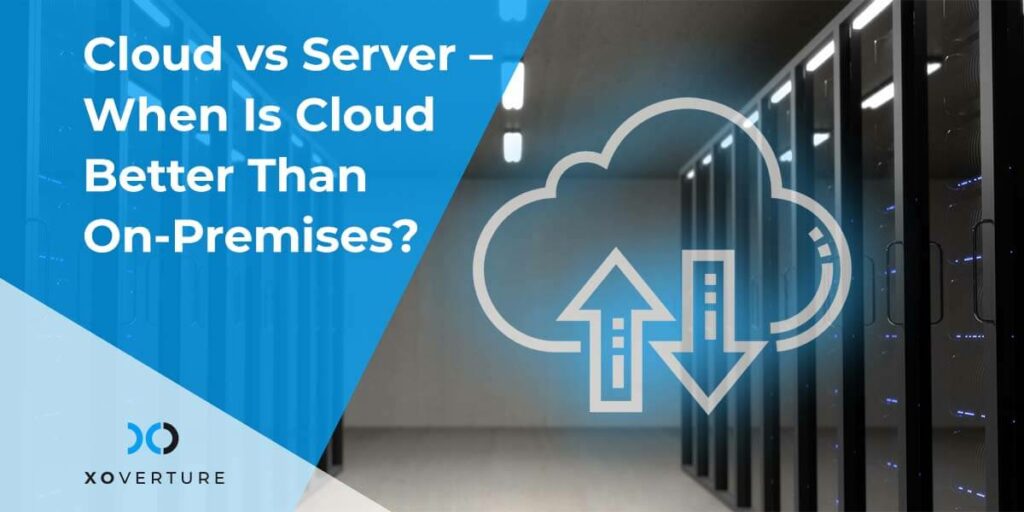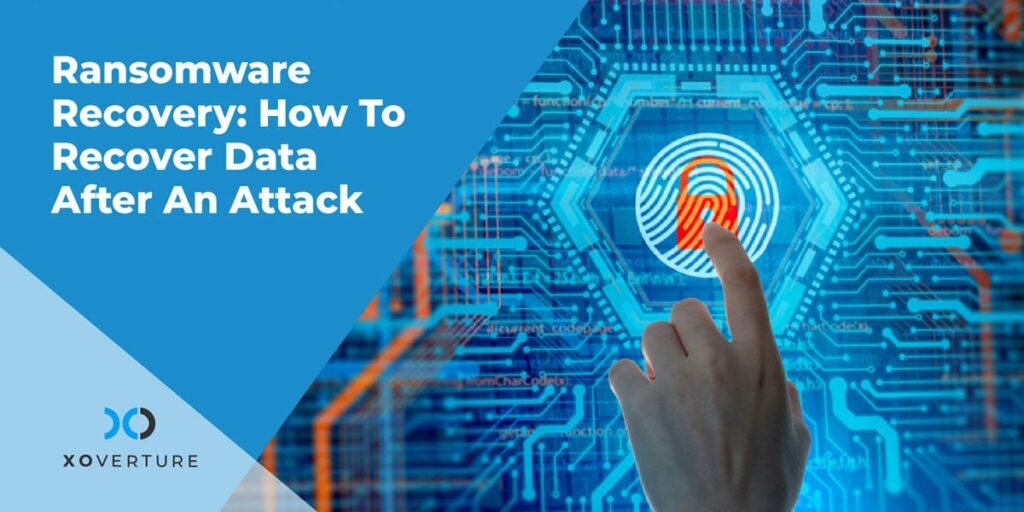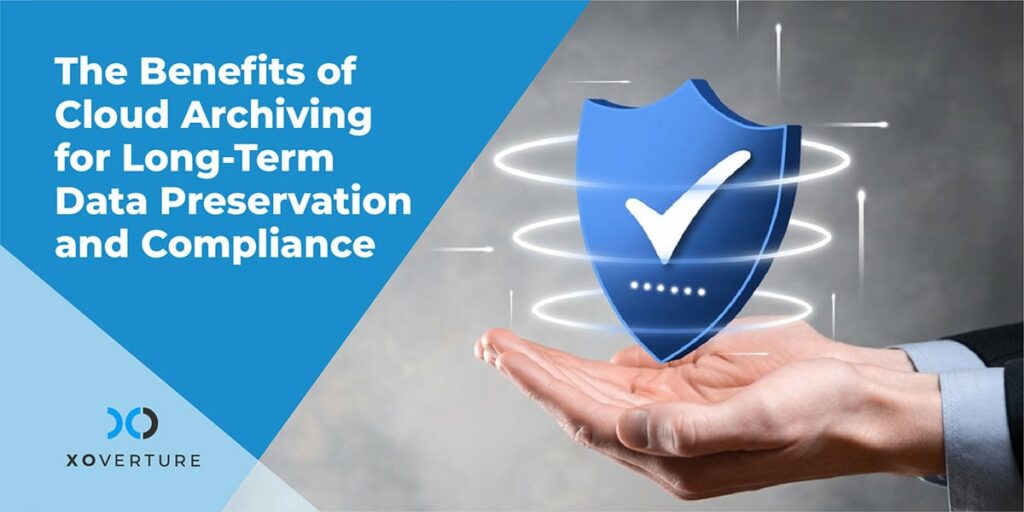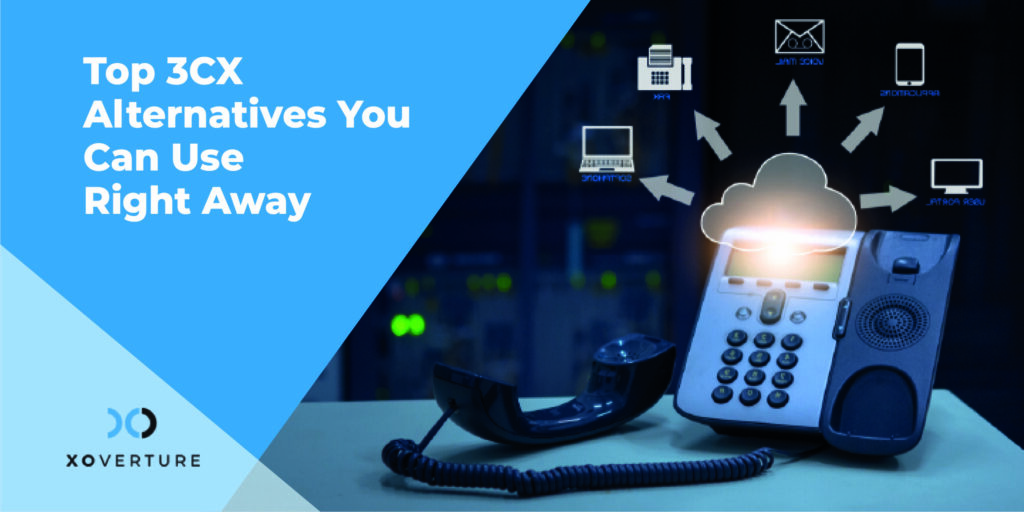Looking to buy a new server and wondering if you should buy a physical server that you plug in at your office or in your data center or a cloud server that you rent from a cloud provider? Let’s compare cloud vs server to see which is the best for the average business.
Want to skip all the extra steps and go straight to a custom advisory session or price comparison at no cost? Contact XO now.
What Does the Average Business Still Need Servers For?
In the age of SaaS and cloud storage you might question the need for new servers, but there are still cases where you need them like:
Application hosting
Hosting applications that don’t have a SaaS option, including older (legacy) and proprietary/internal applications
Domain controllers
For managing your Windows environments and devices
Simple file server
Cloud storage services like Dropbox, Google Drive, and OneDrive aren’t terribly cheap, especially if you’re not already paying for the latter two as part of a service or you have a lot of data; an old school file server is sometimes still the best option
Cloud vs Server Definitions
What Is a Cloud Server?
A cloud server is a virtual server or virtual machine that runs in a cloud computing environment rather than a physical server. It’s simply a software-based representation of a physical server. It’s built, hosted, and delivered via the internet via a cloud computing platform that can be accessed from anywhere. Cloud servers come with all of the software they need to run and are self-contained. In simple words, data stored on the cloud can be accessed from anywhere, any time.
What Is a Physical Server?
As the name is self-explanatory, a physical server is a hardware server with powerful computers typically stored in a data center for business-use cases. The resources of a physical server include motherboard, CPUs, memory (RAM), SSDs, and other network connectivity assets. It’s a bare-metal server which is used to run a single instance of an operating system. Usually, a physical server is used to run a single application. When the concept of cloud servers was not present, traditional servers were frequently employed.
Benefits of Cloud Servers
Quick to deploy
Cloud servers can be deployed and set up in seconds
Quick and easy to scale
You can add resources to your servers with the click of a button; no need to buy new hardware from Newegg or wherever or to physically open and upgrade the hardware
Temporary
If you don’t need a cloud server you can just stop using it and don’t have to pay for it anymore, unlike a physical server that you’re either stuck with or forced to offload at a reduced cost
Security and compliance
Clouds can be more secure if you configure them right, since cloud platforms like AWS and Azure are some of the best-protected IT infrastructures in the world (including being able to recruit some of the top security engineers alive and data centers that are more secure than army bases)
Continuity
With the cloud it’s easy to set up your environment to replicate to multiple data centers and fail over if one goes down so you can continue working; with onsite physical servers you’re in danger of losing everything with a single fire, flood, break-in, or other catastrophe
Benefits of Physical Servers
Security and compliance
Some people just feel more secure in being able to walk over and touch their servers, or not having their data travel over the internet, even though this is a false sense of security and control for the most part, sort of like how driving a car feels more safe than flying in an airplane even though the latter is safer by a huge margin statistically. Also, regulations or company policy may require you to use on-premises servers.
Price
Based purely on specs and assuming you’re using a cloud server over the long term, physical servers are usually cheaper. Like we mentioned up top, this doesn’t consider everything that’s included with a cloud server like enterprise-grade networking and security infrastructure and protection from physical theft. But if you’re pressed for budget and willing to accept more risk and less upgrade potential a physical server might be best for you.
Don’t have to learn anything new
A lot of things are similar in both on-premises and cloud environments, but you still need to get basic familiarity with your cloud environment to get set up (or pay someone to do it for you). Some people might not have the time or desire to learn.
Why It’s Tough to Compare Cloud vs Server on Cost
Many organizations make IT decisions based on cost for the most part, but this isn’t really a case where one option is clearly cheaper or more expensive than the other.
For the most part, the price difference between cloud and physical servers varies so much depending on the circumstances that there’s really no point in comparing them except on a case by case basis.
Both of them vary widely in terms of price due to factors such as their specs, the availability of parts, and where you buy them from and when. In addition, physical servers can vary in pricing based on whether they’re new or used, and cloud servers vary depending on whether you buy them on a per-use or reserved basis.
It’s also somewhat misleading to compare strictly on costs since it isn’t an apples to apples comparison. Each of them has their own advantages and disadvantages.
One exception is highly temporary workloads. If you’re looking to rent a supercomputer for scientific work or something like that, or if you just need a private server for a single project or something, then renting a cloud server for a short period is clearly the less costly option than buying hardware.
Also, in addition to just price, you should also consider other types of costs including:
Cost of time
Cloud servers let you get set up quicker, great if you’re trying to get to market with an offering as fast as possible, and avoid paying for people to sit around while you wait to set up physical servers
Cost of risk
For the most part, cloud servers are less risky because they’re protected and maintained by world-class teams, but this may differ depending on the situation
Environmental costs
If you care about the environment, you’ll know that environmental costs often aren’t factored in to price; and with physical servers, that includes the energy used to manufacture and operate the server and the e-waste created by them. Cloud servers have environmental impact too of course, but physical servers are usually worse since they’re more inefficient (less computing for the environmental damage done) in general.
Accidental cloud costs
If you use cloud servers on a pay-per-use basis, you can end up getting charged sometimes significant amounts for mistakes like forgetting to shut down a server or deprovision storage. Physical servers can lead to accidental/unexpected electricity costs of course but you’re talking about maybe tens of dollars and not hundreds or thousands of dollars like with cloud servers. It’s also easier to see or remember that your physical servers still exist or are still running if they’re right in front of you or in the same building, while with the cloud if you don’t set up alerts you may not notice anything until you get your monthly bill.
Cloud vs Server Summary
A cloud server seems to be an obvious choice for organizations who wish to grow in the ever-growing digital world. Rather than switching from a shared hosting account to a dedicated server with larger hardware resource allocations, business owners can now opt for cloud hosting plans that automatically expand to give more CPU cores, RAM, or database instances as workloads demand (“elastic scaling”).
This can be more efficient than manually estimating required server overcapacity to match peak hours with levels of website traffic downtime when combined with a “pay as you go” approach or cheap fixed-rate invoicing.
Dedicated servers were formerly the only choice, but cloud computing is gradually becoming a viable option for developing small business software solutions at a reasonable cost. This adds to the intrigue around the cloud server vs. dedicated server argument.
Remember That It’s Not All or Nothing. There’s Still the Hybrid Cloud.
You don’t have to choose between cloud or physical for ALL of your servers, certainly not all at once. There are tools that make it easy to monitor and manage hybrid environments from a single pane of glass.
So if you want to gradually move all your physical servers to the cloud as they individually reach their end of life, or you want to keep some physical servers on a permanent basis for whatever reason but move most of your other serves to the cloud, it’s easy to do.
How XO Can Help
We can help you plan, set up, manage, monitor, secure, and support your servers whether they’re in the cloud or onsite. Contact us today if you have any questions, we’re happy to help!




